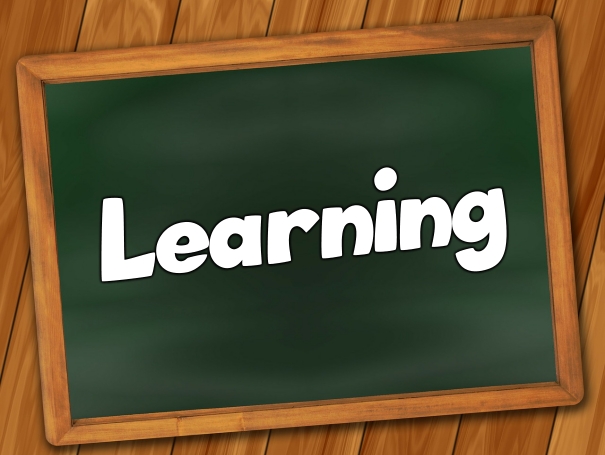If you want to become a better leader, you can start right where you are.
You don’t need to get permission from your organization. You don’t need to go away to a two-day certification program, and you don’t need to study the eight-week course online.
You only need two things. First, you need the awareness to see that your best teachers are everywhere, not just in the workplace. Secondly, you need an intention to improve in a particular area; for example, change management, communication or some character quality you want to express. For instance, if you want to become more patient, your teacher will soon arrive. It may be an unreasonable client, a difficult boss, or a sensitive co-worker.
Let me share a personal example of how I learned about successfully managing unwanted change from my teacher, who just happened to be my mother. Due to macular degeneration, my mother regretfully had to give up driving and had to sell her car. This, a necessary yet unwanted change for both of us.
If you have been a leader for any length of time, you undoubtedly understand that unwanted change creates the feeling of uncertainty and uncertainty leads to resistance, and resistance to drama.
Ironically, I had written about managing unwanted change in “No-Drama Leadership.” One of the theories in chapter five is that, during times of unwanted change, the leader must increase certainty to reduce drama and balance out the unwanted change.
Here’s how I increased certainty: I offered a schedule of specific and confirmed time periods every week where my mother could rely on me to take her to her appointments, go for lunch or have the freedom within the allotted time frames available.
Without this conscious decision, I’m certain we would have had many miscommunications and misunderstandings about how to get her needs met. This decision on my part to manage change instead of resisting reality helped both of us to navigate this next stage confidently and with little drama.
The key is to this approach is to be open to what life is trying to teach you rather than resisting the experience or falling into the trap of blaming others. To tie this to a common workplace example, the employee with whom you have conflict, or with whom you need to have a difficult performance conversation, is not someone to avoid or to blame. This employee is teaching you what you need to learn. You need to learn how to take initiative, be courageous and increase accountability.
In “No-Drama Leadership” I introduced two mindsets: The drama mindset and the enlightened mindset. The drama mindset is to see drama as something to fear. The enlightened mindset is to see drama as a stepping stone to increase leadership learning. Once you adopt a more enlightened mindset, all you have to do is set the intention on where you want to improve and almost immediately your teacher will appear.
Whether your drama involves your aging parent, an ex-spouse, an unruly child, or a co-worker, if you have the eyes to see that person as your greatest teacher and look for the opportunity to learn, you can exponentially grow your leadership abilities.
Marlene Chism is a consultant, international speaker and the author of “Stop Workplace Drama” (Wiley 2011) and “No-Drama Leadership” (Bibliomotion 2015). Visit her at MarleneChism.com and StopWorkplaceDrama.com. Connect on Linked In, Facebook and Twitter.
If you enjoyed this article, join SmartBrief’s e-mail list for our daily newsletter on being a better, smarter leader.
